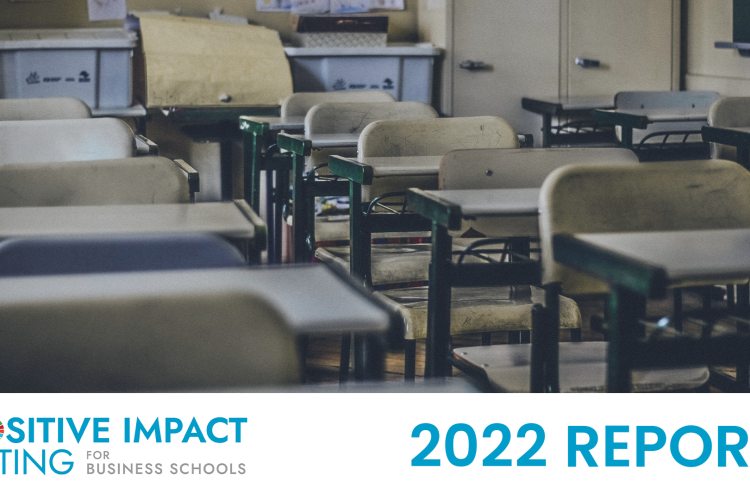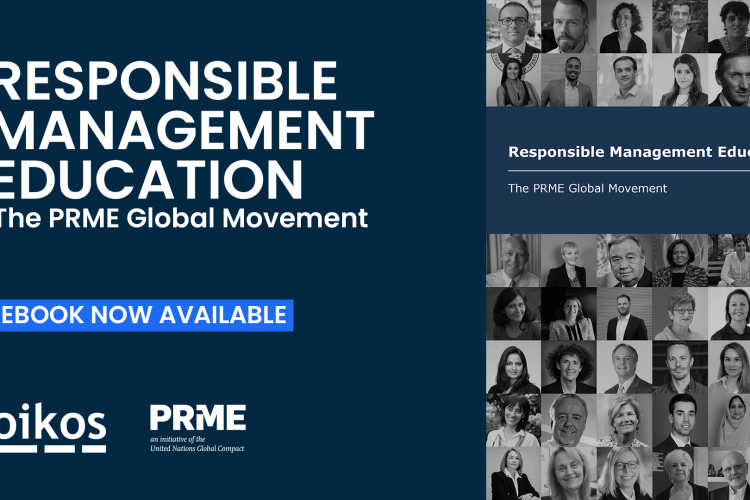Abstract
The success of Apple Inc.’s products like the iPhone and the iPad made the company rely on manufacturers in Asia to produce its products at a lower cost. Since these manufacturers were not too particular about checking the origins of the minerals they used, Apple had to face accusations by activists that it was using conflict minerals in its products. These conflict minerals led to the abuse of human rights in the strife torn parts of the world. Extraction and sale of conflict minerals like tin, tungsten, and tantalum extracted from illegal mines in the Democratic Republic of Congo (Congo) and surrounding countries funded armed militia who fought against the government and violated the human rights of people living in the conflict prone areas.
Apple had taken various initiatives to tackle the challenge of conflict minerals since it started facing the heat from some activist groups in 2010. Despite all the efforts made by Apple, the company faced an uphill task. The problem for Apple was compounded by the fact that the supply chain for such minerals was opaque and it was not so easy to determine which refiners and smelters around the world were financially fueling violence in the war-torn regions. There was also the possibility that such minerals could slip into its supply chain through indirect routes.
Going forward, the question before Apple was what more could the company do to ensure that all its products were free from conflict minerals. How could it ensure that the procurement of minerals through its supply chain did not profit armed groups in producer countries? How could it assure stakeholders that their products did not contain any primary commodities that were linked to the funding of conflicts? How could it ensure all these, while also seeing to it that the action taken by the company does not have an adverse effect on the livelihoods of people who work in and around artisanal mines and their communities?
[table id=115 /]



